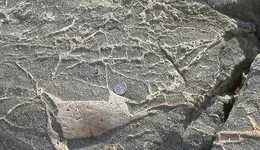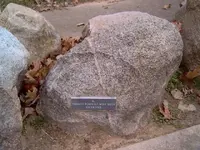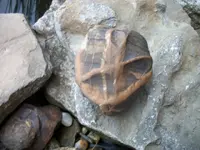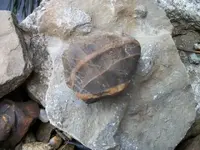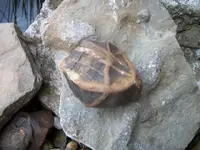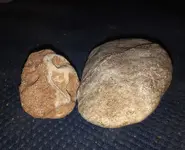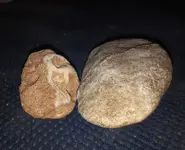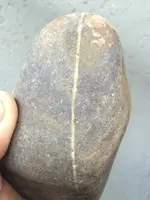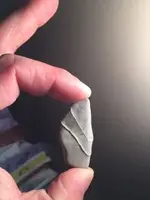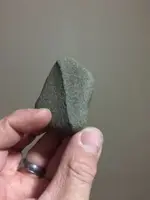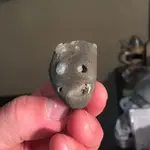Arsenal
Jr. Member
I have had a rock that has driven me and my friends crazy over the past months. It is a hard stone that is extremely heavy. It shows signs of use or wear and was found in a sandy spot of the San Marcos River. What makes this crazy is it has a line crossing it almost 360 degrees that protrudes out about a centimeter. The line sticking out has some shimmer like some calcite but the rock is not calcite?? Confused yet?
It was difficult photographing and the line hopefully can be seem not as an indention but truly sticking up from the rock. I have never seen anything similar.
I found a few broken points that l am unsure of their name. I am pretty sure one was a Pedernales point but the other longer, thinner one has me miffed. The small dark black flint one, is it even a point? I thought so until I really studied and and concluded I was not positive.
Lastly, hunting the same creeks I find certain tools made certain ways by whatever tribe was there. These two circular scraper types are very common in one creek bed. Is it safe to assume they were made by the same group of people or is there a chance that was just the way they were done in Central Texas at some point?
Thanks to everyone as always.
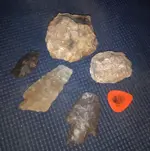
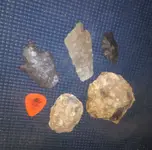
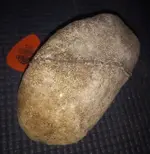
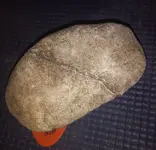
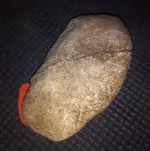
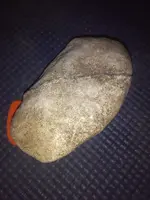
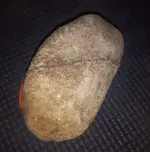

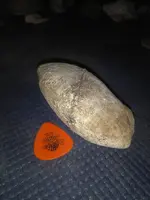
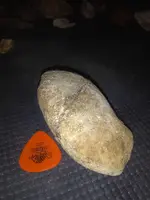
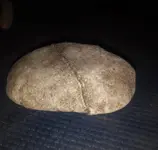
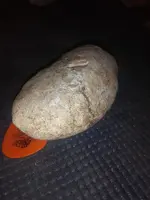
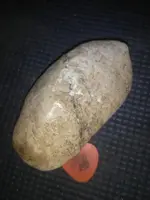
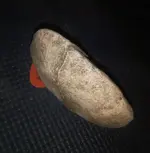
It was difficult photographing and the line hopefully can be seem not as an indention but truly sticking up from the rock. I have never seen anything similar.
I found a few broken points that l am unsure of their name. I am pretty sure one was a Pedernales point but the other longer, thinner one has me miffed. The small dark black flint one, is it even a point? I thought so until I really studied and and concluded I was not positive.
Lastly, hunting the same creeks I find certain tools made certain ways by whatever tribe was there. These two circular scraper types are very common in one creek bed. Is it safe to assume they were made by the same group of people or is there a chance that was just the way they were done in Central Texas at some point?
Thanks to everyone as always.














Upvote
0

